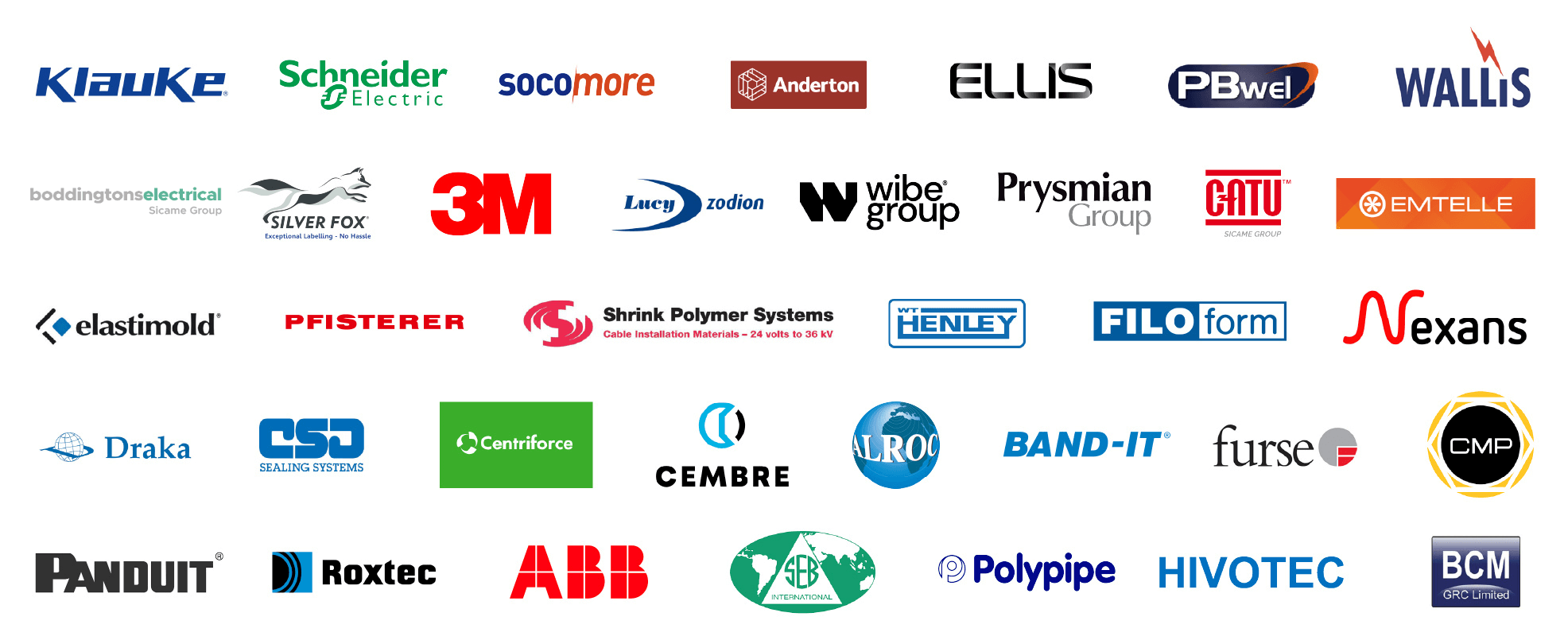The Ultimate Guide to Arc Flash Clothing: 7 Essential Considerations for Safety
Published 18 Dec 2024

Why Choosing the Right Arc Flash protection Matters for Workplace Safety?
When working in both high– and low-voltage electricity environments, ProGARM makes sure workers are kept safe.
Where PPE is well understood to be important, Arc Flash incidents are often underestimated in the workplace. Reaching temperatures over 35,000°F—four times hotter than the surface of the sun—Arc Flash can cause serious burns in one-quarter of a second. Selecting the right Arc Flash Clothing is essential in order to safeguard workers and meet safety compliance standards.
Arc flash clothing and protection equipment including coveralls, gloves, helmets, face shields and general head-to-toe PPE (arc flash coveralls) are used to protect against flashover but will not prevent arc flash hazards.
Arc flash clothing and PPE such as arc flash suits should be worn when working on energised conductors, cables or circuits.
Layering is Crucial for Protection
Arc Flash PPE isn’t just about outer garments. The materials worn beneath the protective outer layers are equally critical in preventing burns and injuries. Everyday undergarments made of materials like nylon, cotton, or polypropylene can melt during an Arc Flash event, causing severe skin damage.
Pro Tip: Always wear Arc-rated base layers, including tops, leggings, and even underwear, to ensure maximum protection.
Flame Retardant vs Arc Flash Resistant
A common misconception is that flame-retardant (FR) clothing provides Arc Flash protection. However, FR clothing is tested against fire hazards, not the intense thermal energy of Arc Flashes.
Key Differences:
- Arc Flash-resistant clothing must meet higher tear resistance and tensile strength standards.
- Look for Arc-rated garments with long sleeves, no exposed metal, and designs for easy removal in emergencies.
Understanding the Fabric: Treated vs. Inherent
When selecting Arc Flash PPE, understanding the difference between treated and inherent fabrics is essential:
- Treated Fabrics: Treated chemically for fire resistance but may lose effectiveness after repeated washing or wear.
- Inherent Fabrics: Materials that are inherently flame-resistant; their properties remain consistent after repeated washing or wear.
Whereas treated fabrics may be more economical, inherent fabrics offer reliability and consistency over time.

PPE Tailored arc flash Clothing
Poor-fitting PPE can compromise safety. Most women in the workforce are still being forced to wear unisex or men‘s garments, which can be too big and uncomfortable, leading to poor use–such as rolling up sleeves or unfastening jackets.
Solution: Specify PPE designed for women for a proper fit and optimal protection.
The New Standard for CAL Ratings
Recent developments in Arc Flash testing, including the ELIM method, better indicate the protection a garment can provide. Unlike the former system of ATPV that estimated the likelihood of burn, conservative measurements are taken with ELIM to ensure safety.
What to Check: Your PPE supplier should indicate whether the garments meet ATPV or ELIM requirements for your specific safety needs.
Don’t Overlook Fastenings
Not one single part of Arc Flash PPE is unimportant, including those fastenings such as zippers, buttons, and Velcro fasteners; all must be of flame-resistant material for complete protection.
Did You Know? ProGARM‘s ThermSAFE™ fastenings are manufactured using military-specification materials and offer unrivaled durability and safety.
Comfort is Non-Negotiable
Uncomfortable PPE often leads to improper use, reducing its effectiveness. Modern Arc Flash PPE made from breathable, lightweight, and moisture-wicking fabrics ensures workers remain safe and comfortable, even in challenging environments.
Features to Look For:
- Flexible fabrics for ease of movement.
- Moisture management to keep workers cool and dry.
- Durable designs for long-term wear.
IEC 61482 PROTECTIVE CLOTHING AGAINST THE THERMAL HAZARDS OF AN ELECTRIC ARC
Arc Flash-rated clothing and garments in layered ensemble provide workwear protection from hazards according to IEC 61482, as PPE protects a worker against electric arc flash dangers. According to IEC 61482-1-1:2009 (which includes NFPA 70E 2015), the 4 arc risk categories are numbered according to the severity threat and determine the clothing protection level required to protect against a minimum level of incident energy measured in calories / cm² – this is the ‘Open Arc‘ test method and measures clothing protection level according to the Arc Thermal Performance Value (ATPV).

NFPA 70E outlines the requirements for safe work practices to protect personnel by reducing exposure to workplace electrical hazards.
The ‘Box Arc’ tests clothing materials and fabric according to a pass/fail test by exposure to electric arc produced by 4kA (Class 1) and 7kA (Class 2) short circuits – this is IEC 61482-1-2:2009.

Electrical PPE Products | Gloves | Arc Flash Clothing | Arc Suits | Coveralls | Helmets & Visors

Safety Wear & Arc Flash Protection | Thorne & Derrick understand how critical it is to have reliable, highest quality personal protection equipment (PPE), clothing and workwear available from stock at competitive prices – protecting utility workers against arc flash dangers posed during maintenance on underground electric cables, overhead line conductors or electrical equipment.


